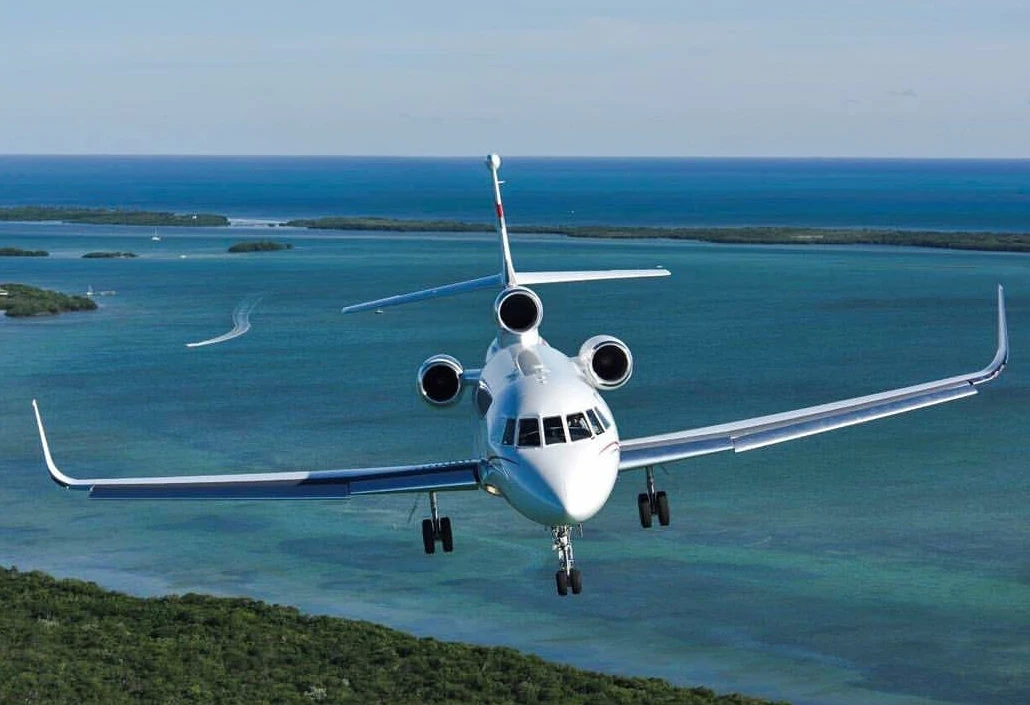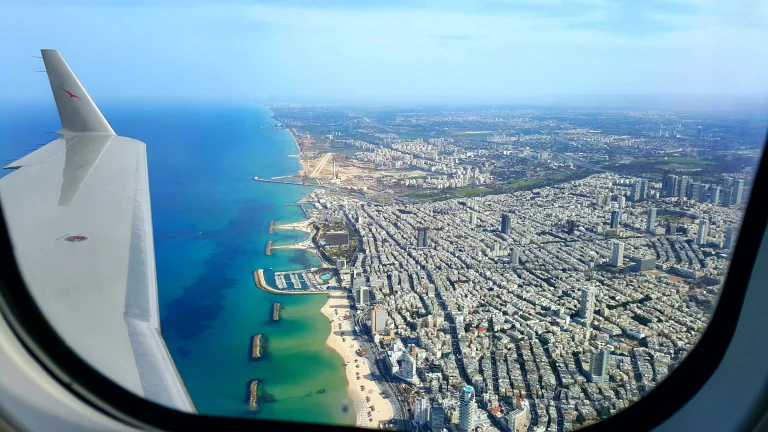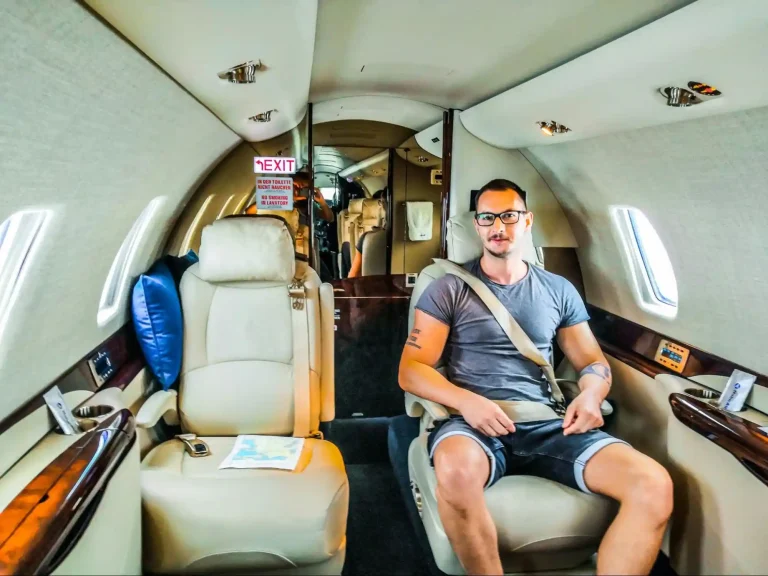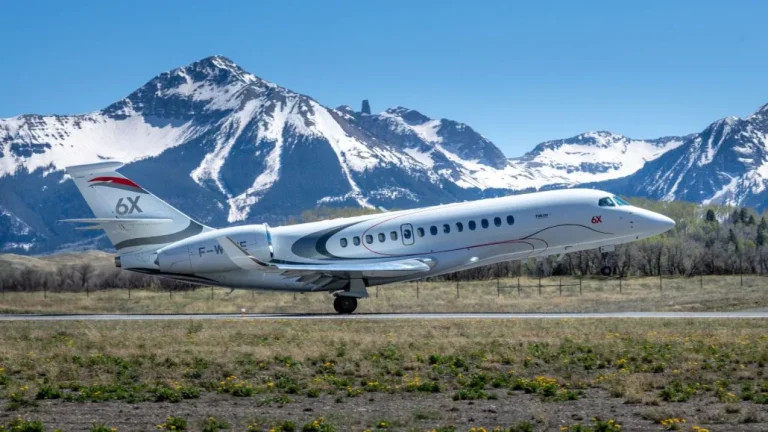Charter a Private Jet to Caribbean Islands-Luxury Island Travel Made Easy
Chartering a Private Jet to Caribbean Islands: What You Need to Know
Flying via private jet to Caribbean islands offers a level of flexibility, comfort, and exclusivity you simply can’t get with commercial flights. Whether you’re traveling for business, leisure, or a combination of both, private charter unlocks direct island access, time savings, and seamless travel experience.
The geography of the Caribbean comprising dozens of islands, many with small or regional airfields makes private aviation especially attractive. Scheduled airlines often require indirect routings or multiple transfers. With a charter, you can fly direct to smaller island airports, bypass major hubs, and enjoy a tailored travel experience.
Why Choose to Charter a Private Jet to Caribbean Islands
Faster, More Direct Travel
One of the strongest advantages is directness. Commercial flights often force you through major hubs (Miami, Atlanta, etc.), with layovers or delays. With a private jet, you can depart on your schedule and fly straight to your destination. Many Caribbean islands have smaller airfields or FBOs (fixed-base operators) that private jets can serve, giving you closer proximity to your resort or meeting location.
In addition, by avoiding large terminals and queues, you save time on ground processes boarding, security, customs which can add hours when traveling to popular island destinations.
Privacy, Comfort & Customization
On a private jet, you (and your companions) have full control over the cabin environment. You’re free to conduct business meetings en route, relax in privacy, or enjoy bespoke catering and in-flight services. You also avoid distractions from other passengers particularly valuable for high-net-worth travelers, executives, or VIP clients.
Charter operators also frequently provide concierge-level ground service limousine transfers, expedited customs/immigration, and lounge access at private terminals.
Access to More Island Airports & Flexibility
Because many Caribbean islands have smaller airfields not served by large commercial airlines, private jets can reach these destinations while scheduled airlines cannot. For instance, the Canouan Airport in the Grenadines is known for welcoming a wide range of private jets without payload restrictions.
Some remote or private islands even maintain their own airstrip (e.g. Torch Cay Airport in the Bahamas, a privately operated runway that can handle heavy private jets). This ability to land closer to your final destination avoids long ground transfers, making your overall journey smoother.
Reliability & Adaptability in Changing Conditions
Weather, cancellations, delays, or route changes strike commercial airlines often. With private charter, your flight operates under your control operators can adjust routing, timing, or even aircraft type to adapt. Because your travel is mission-critical, the flexibility to pivot is a strong benefit.
Also, many charter providers allow for last-minute changes or repositioning. They manage contingencies (crew rest, alternate airports) proactively to keep your journey on track.
Top Aircraft Types for Caribbean Flights
Below are real-world private jet/aircraft models commonly used in Caribbean island charters, with their strengths, typical usage, and configuration details.
Lear 75

The Lear 75 is a super-light jet often chosen for routes that balance cost, speed, and airport flexibility. It can carry 6–8 passengers, offers high speeds, and requires relatively short runway lengths, making it suitable for many island airfields.
Features & Benefits
-
Strong takeoff and landing performance, allowing access to shorter runways
-
Comfortable cabin with swivel/recline seats, cabin management systems
-
Decent range for island hopping and regional Caribbean connections
Use-case
If you’re flying from Florida to a mid-Caribbean island, or jumping between nearby islands (e.g. San Juan to St. Martin), the Lear 75 gives you a cost-efficient yet capable option, especially when the destination airport has runway constraints.
Bombardier Challenger 850

The Challenger 850 is a large super-midsize jet derived from commercial airliner platforms, offering capacity and range suited for longer island-to-mainland routes.
Features & Benefits
-
Accommodates larger passenger loads (12–16)
-
Cabin space for meeting setups, lounges, or business-class environment
-
Strong cruise performance for transcontinental or intercontinental Caribbean legs
Use-case
If you’re flying from the U.S. East Coast to a Caribbean hub or doing multi-island tours with a larger group, the Challenger 850 provides the range and comfort to make long jumps feasible.
Embraer Lineage 1000

The Embraer Lineage 1000 is effectively an ultra-large business jet based on a regional airliner, configured for luxury and long-distance reach.
Features & Benefits
-
Very spacious interiors segmented by zones (living, conference, bedroom)
-
High payload capacity and longer-range fuel tanks
-
Ample baggage, luxurious amenities
Use-case
For a luxury retreat, VIP group, or corporate incentive trip from Europe or the U.S. to Caribbean islands, the Lineage 1000 offers a grand solution fly nonstop, arrive in style, transport many guests in one aircraft.
Pilatus PC-12

Although not a “jet” in strict form, aircraft like the Pilatus PC-12 are often used by Caribbean charter services, especially for short regional hops between islands or to rough airstrips.
Features & Benefits
-
Excellent short-field performance
-
Lower operating cost
-
Reliable for inter-island transfers where jet access is limited
Use-case
If your main jet lands at a larger island hub but you need to reach a smaller outlying island, a turboprop like the PC-12 can shuttle you the final leg, preserving flexibility at reasonable cost.
Gulfstream

Many charter operators maintain Gulfstream, Bombardier, and other long-range jets to support direct flights from North America or Europe into the Caribbean without requiring fuel stops. For example, global charter providers like Jet Aviation maintain fleets of long-range business liners.
Features & Benefits
-
Ability to make long nonstop flights
-
High speed and luxury amenities
-
Reliable for intercontinentals
Use-case
If you’re traveling from northern U.S. or Europe to a Caribbean island nonstop, these heavy jets reduce stops, simplify customs logistics, and provide high-end onboard experience.
Practical Use Cases & Problems Solved
Scenario: Multi-Island Itinerary in a Short Timeframe
Problem: Commercial schedules rarely support a quick loop across multiple islands in a single-day or two-day window.
Solution: With charter, you can sequence island flights efficiently (for example: Miami-Turks & Caicos St. Barth’s-Guadeloupe-return), optimizing time and avoiding commercial constraints.
Scenario: Remote or Private Resort Transfers
Problem: Many private resorts or island destinations are not served by scheduled airlines.
Solution: Charter to a nearby main airfield (e.g. Canouan Airport) and coordinate a private boat or air taxi shuttle to the final location. This combination preserves exclusivity and minimizes ground transfer time.
Scenario: VIP or Corporate Incentive Group Travel
Problem: Coordinating multiple airline bookings, transfers, delays, and ensuring consistent service across a group is complex and risky.
Solution: A charter can transport your entire group in one consistent, private experience with full control over schedule, onboard amenities, and ground support.
Scenario: Last-Minute Booking or Plan Changes
Problem: Flight cancellations, delays, or schedule changes can derail carefully planned Caribbean trips.
Solution: Charter operators can adjust routing, timing, or aircraft at short notice, absorbing disruption risk and keeping your itinerary intact.
Scenario: Prestige & Client Impressions
Problem: Arriving at an island by commercial airline and public terminal may not deliver the brand perception desired when hosting high-net-worth clients or partners.
Solution: Arriving in a private jet projects exclusivity, status, and serious investment in guest experience—valuable in luxury, consulting, finance, or hospitality sectors.
How to Choose & Book a Private Jet to the Caribbean
1. Specify Your Mission
Start by defining:
-
Number of passengers
-
Departure location and target islands
-
Whether one-way or multi-leg
-
Onboard service preferences (catering, WiFi, meeting setup)
-
Ground transfers (boat, vehicle, air taxi)
2. Evaluate Suitable Aircraft
Match your mission to an aircraft class using the models above:
-
For short hops or smaller airfields: super-light jets, turboprops
-
For intercontinental or nonstop flights: heavy jets or long-range business liners
-
If your destination has runway constraints, choose aircraft that support short-field operations
3. Select Reputable Charter Providers
Choose providers with experience in Caribbean operations and transparent safety credentials. A few examples:
-
PrivateFly specializes in exotic and island flights; they highlight Caribbean private jet routing and island-to-island charters.
-
Caribbean Flights focuses exclusively on private charter within the Caribbean, with regional aircraft options and local expertise.
-
Air Charter Service (ACS) global charter broker with experience placing jets for Caribbean routes.
When contacting operators, ask for:
-
Full breakdown of costs (hourly rates, repositioning, overnight fees, landing/handling)
-
Their experience with Caribbean airports
-
Safety certifications and audits
-
Support for ground handling, customs/immigration, and local transfers
4. Request & Compare Quotes
Ask multiple operators to provide competitive quotes for your exact itinerary. Insist on transparency compare total cost rather than hourly rate alone. Watch for hidden repositioning or “deadhead” costs (when the aircraft flies empty to your departure point).
5. Confirm Booking & Logistics
After you select:
-
Provide passenger manifest, luggage, special service requests
-
Coordinate ground transfers (boats, cars, shuttles)
-
Confirm customs & immigration requirements
-
Use the operator’s flight monitoring or app tools
-
Request contingency plans (alternate airports, crew rest)
Operators will handle filing permits, scheduling, and real-time adjustments.
Additional Tips for Cost Efficiency & ROI
-
Use Empty Leg Offers: Many charter operators reposition aircraft back empty; they often offer these legs at steep discounts to recoup cost.
-
Book Multi-leg or Back-to-Back Itineraries: Encouraging continuous usage helps operators reduce deadhead repositioning.
-
Jet Card/Block Time Programs: Prepaid charter programs or jet cards may lower per-hour costs for frequent Caribbean travel.
-
Optimize Ground Logistics: Coordinate transfers (boat, vehicle, smaller aircraft) efficiently to reduce wasted time.
-
Negotiate Bundled Services: Ask to include ground handling, catering, or customs/immigration in your charter price for better clarity and savings.
Frequently Asked Questions
Q1: How much does a private jet to Caribbean islands cost?
A: It depends heavily on distance, aircraft class, repositioning distance, and island fees. For example, chartering a jet from Miami to British Virgin Islands may cost £14,000–£26,000 (one way) depending on jet type. Prices for longer legs (e.g. New York-British Virgin Islands) may reach £20,000–£30,000 or more. Also, charter quotes often vary ±10-20% depending on availability, fuel costs, and operator margins.
Q2: Can any private jet fly to small Caribbean airfields?
A: No. Some islands have constraints: short runways, terrain, restricted approach paths. You must choose aircraft with appropriate takeoff/landing performance and confirm operator familiarity with those airfields. For example, Mustique Island’s airport is limited to turboprops, so jets often land at Canouan and route onward with smaller craft.
Q3: What’s an “empty-leg” and how can travelers benefit?
A: An empty-leg is when an aircraft must reposition (fly without passengers) for its next assignment. Operators often offer these legs at steep discounts to cover operational cost. If your route aligns, you may book the empty-leg leg at 30–70% off the regular charter rate.






